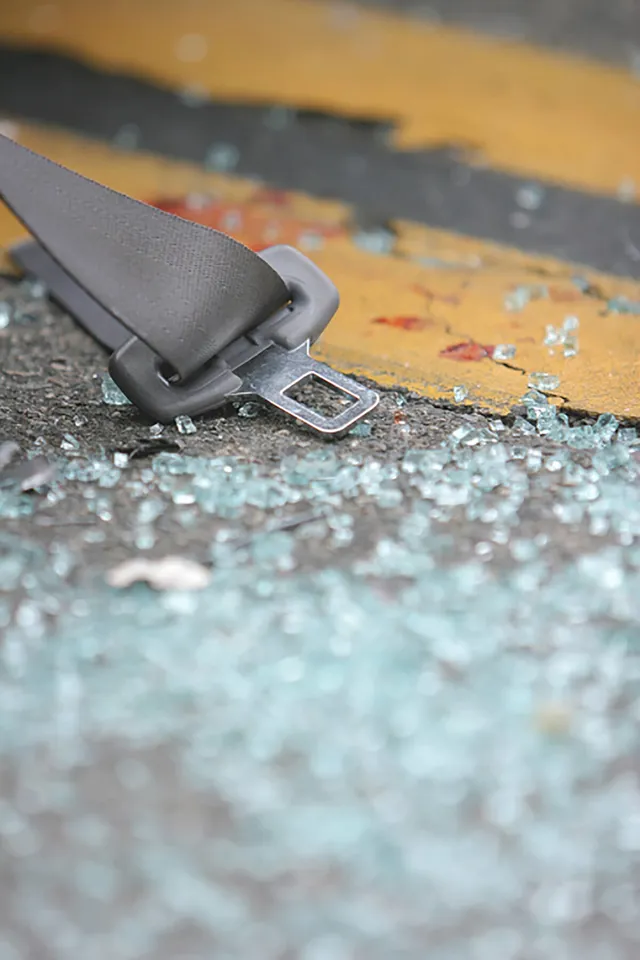Lives are being saved on Britain’s roads through some of the lowest-cost options available to highway engineers, according to “Saving Lives for Less” - a report by the Road Safety Foundation, covering 28,000 miles of the UK network.
Resurfacing, and high-friction and anti-skid surfaces feature in the range of measures implemented on seven out of 10 of the UK’s most improved roads. Fatal and serious injuries on these roads have been cut from 185 (2003-2005) to 63 (2006-2008).
Topping the list of the UK’s 10 most improved roads is the A40 Llandovery-Carmarthen, where junctions have been upgraded, new road markings introduced and extensive resurfacing carried out, including anti-skid treatments, saving 20 fatal and serious collisions between 2006-2008: a 74 per cent reduction.
Commenting on the report’s findings, Kevin Maw, chairman of the Refined Bitumen Association, which supported the launch of the report, said: “This study tells us that one-third of all fatal and serious collisions occur at junctions. Information such as this gives road authorities a clear insight into the actions they can take, targeting their pressured budgets more precisely to generate a huge return on spend.
“The improvements on the A40 reflect the importance of good quality surfacing as part of the overall approach to reducing risk.”
The report also highlights the UK’s most dangerous roads, and the fact that 10% of Britain’s motorways and A-roads still have unacceptably high risk.
Dr Joanne Hill, director of the Road Safety Foundation and author of the report, says: “As the road budget becomes tighter, emphasis must be on saving lives with less. It means systematic attention to detail, prioritising treatment of the highest risk routes most likely to benefit from low-cost, high-return countermeasures.
“This year’s report shows that not only can Britain reduce roads deaths and serious injuries but that, by targeting a relatively small mileage of high risk roads, we can do so with good economic returns. Too often we pay for emergency services, hospitals and care for the disabled rather than taking easy steps to put road design faults right.
“There are practical examples of how, with attention to detail, some authorities are slashing the toll of death and serious injury on high risk stretches by as much as three-quarters. Simple, relatively inexpensive engineering measures, such as improvements to signing and lining, resurfacing and the layout of signals at junctions, are paying dividends and are affordable particularly when done as part of well planned routine maintenance.”
For best practice and legal advice, have a look at the fleet news legal section for more information.

















Login to comment
Comments
No comments have been made yet.